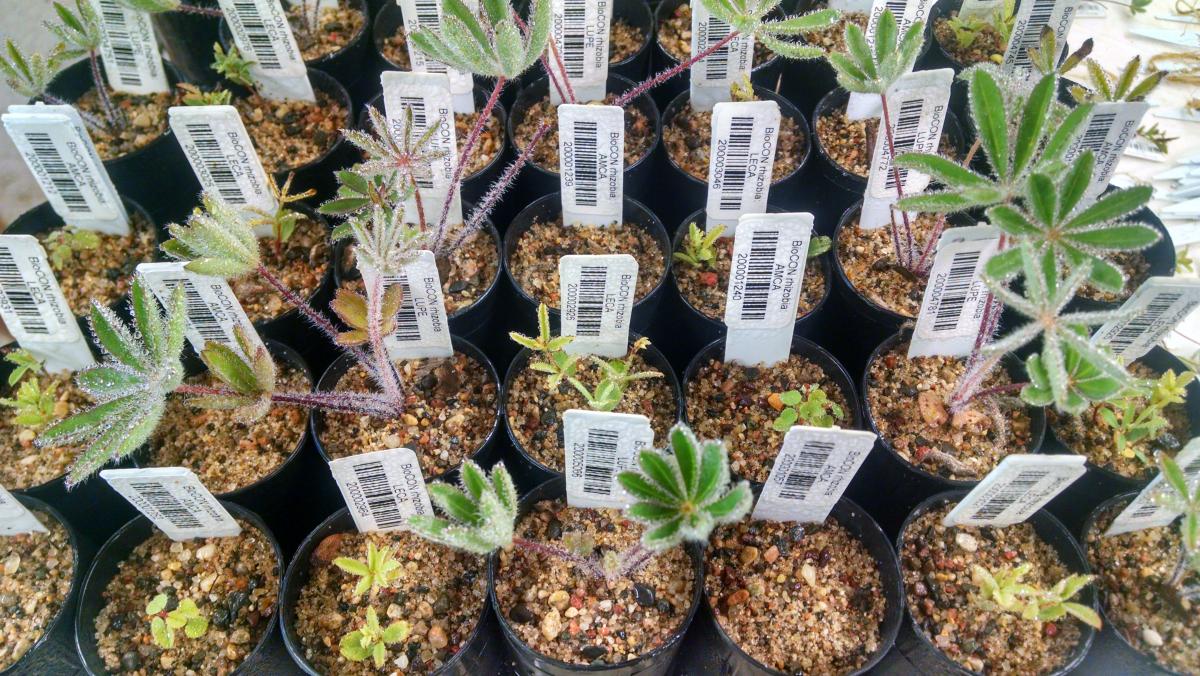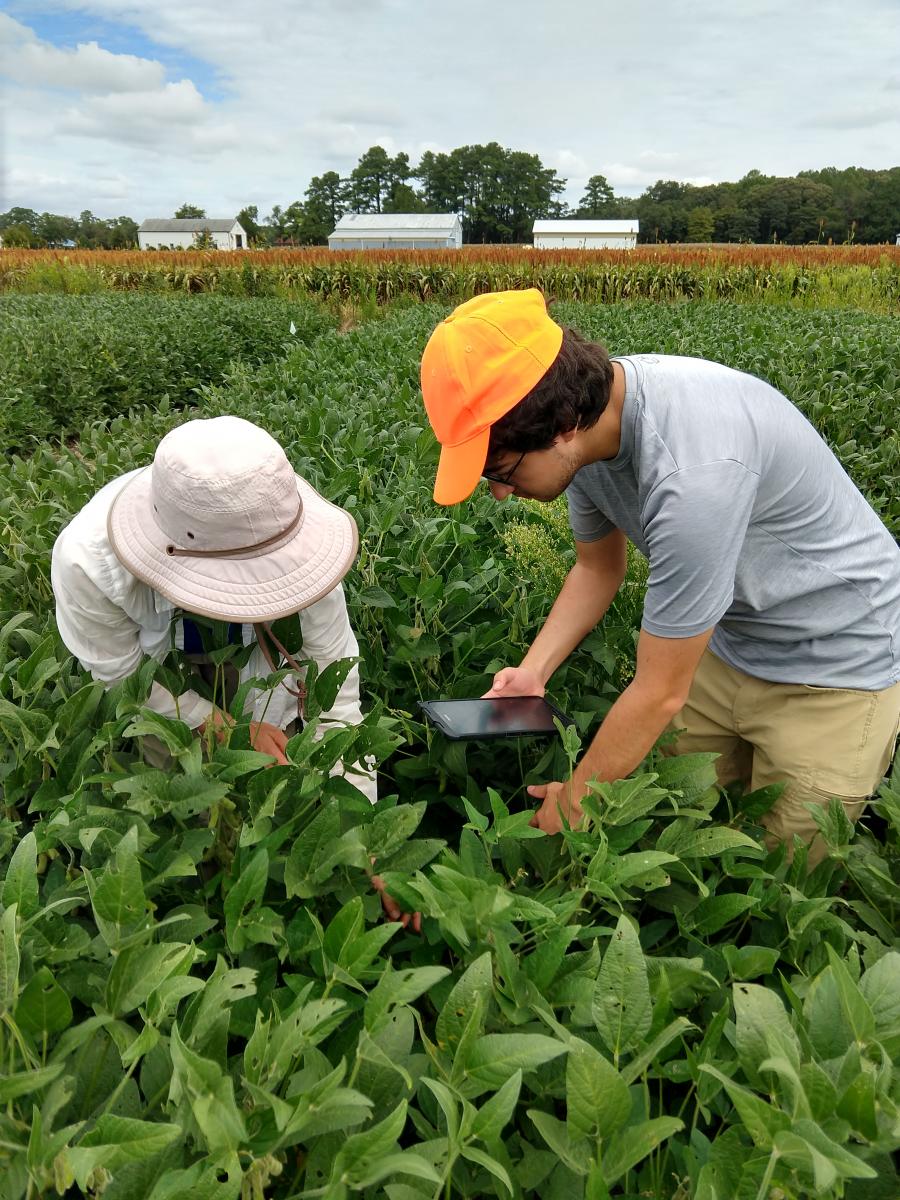Mutualism and Ecosystem Function

Biodiversity-ecosystem function (BEF) studies show that ecosystem function tends to increase with plant diversity. However, a lot of variation exists around the observed BEF patterns. Legumes may contribute significantly to variance in the results of BEF experiments, because access to atmospheric N through their rhizobial symbionts can differentiate legume niches and relative fitnesses, two processes thought to underlie the BEF relationship. We are experimentally examining the biotic processes that underlie the niche and relative fitness differences of legume species from each other and from non-legumes to test the hypothesis that these differences can explain variation in BEF patterns. Additionally, as carbon and nitrogen form the basis of the symbiosis between legumes and their rhizobial mutualists, we are examining how legumes and rhizobia respond to long-term, chronic increases in CO2 and soil N.

Legumes are not only found within natural ecosystems, but are also a critical component of agro-ecosystems. Many economically important crops, such as soybean, are legumes! Soybeans are a leading component of global sustainable agriculture and food security because of their high protein content and relatively low fertilizer demands, due to their nitrogen-fixing rhizobial mutualists. In the United States, soybeans are the largest crop by acreage and the second largest cash crop at $41 billion annually. However, soybean farming is environmentally costly due to intensive pesticide use, and economically risky due to nearly complete dependence on rainfall. Although soybeans can simultaneously associate with multiple rhizobial strains, and different strains are differentially tolerant of drought and other stressors, nearly all research and agricultural applications emphasize single-strain inoculations. We are borrow from BEF theory to predict that rhizobial strain diversity may buffer soybeans against crashes by providing complementary benefits during drought and herbivore stress, a phenomenon termed the “ecological insurance effect”. We are testing this hypothesis with experimental greenhouse assays, distributed surveys, and field experiments in the extensive Maryland Soybean Varietal Trial Farm Network. Specifically, by altering the structure of soybean rhizobial communities, we posit improved crop performance and stability and lower costs for farmers through reduced reliance on pesticides, irrigation, and fertilizer. The end goal of this research is to inform the development of innovative and sustainable solutions to address the threat posed by an increasingly variable climate, which is projected to limit the productivity of the soybean production system in coming decades.
